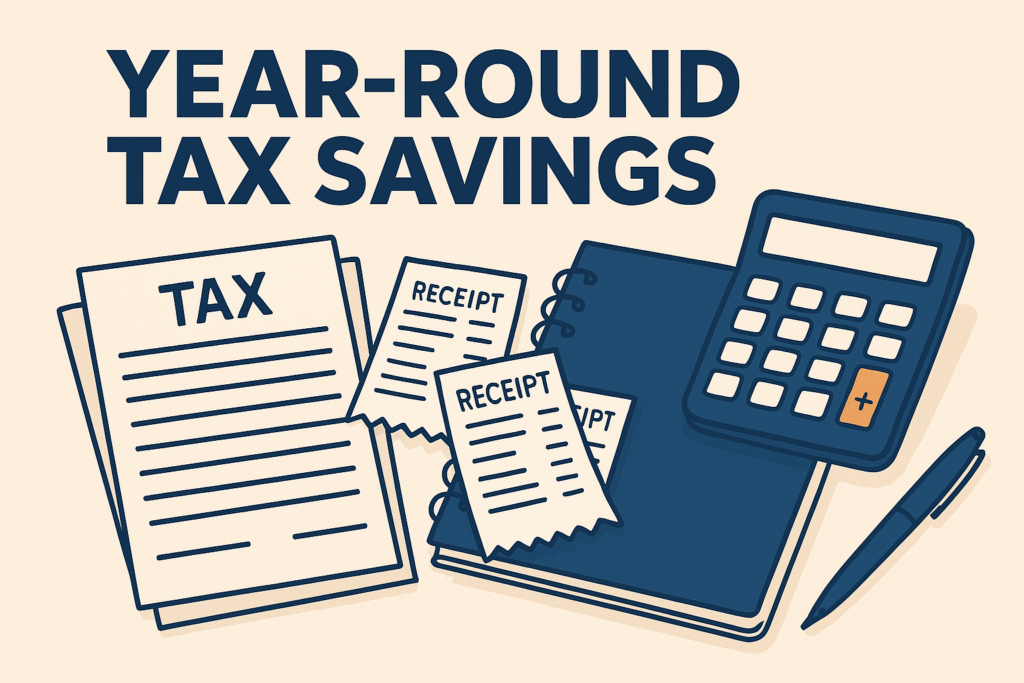
Real Taxpayer Stories: How People Saved Thousands on Taxes
Learning from real-world examples can help you discover tax-saving opportunities you might not have considered. Here are stories of how individuals and small business owners legally reduced their tax bills using smart planning.
1. The Freelancer Who Cut Their Tax Bill in Half
✅ Problem: A freelance graphic designer owed a large tax bill due to 1099 income with no withholdings.
✅ Solution: They started tracking business expenses and deducted home office, internet, and software subscriptions.
✅ Result: Saved $6,200 in taxes by correctly reporting self-employment expenses.
🔗 Related: How Small Business Owners Can Reduce Their Tax Burden
2. The Couple Who Used Retirement Contributions to Lower Their Taxes
✅ Problem: A married couple earning $120,000 per year wanted to reduce taxable income.
✅ Solution: Increased 401(k) and Traditional IRA contributions to the maximum allowed.
✅ Result: Lowered taxable income by $28,000, reducing their federal tax bill by $4,200.
🔗 Related: How 2025 Contributions to IRA & 401(k) Can Reduce 2024 Taxes
3. The Self-Employed Consultant Who Avoided an IRS Audit
✅ Problem: A consultant received a CP2000 notice from the IRS due to underreported income.
✅ Solution: Hired a tax professional who corrected the misreported 1099 income and provided business expense documentation.
✅ Result: IRS accepted the revised return, avoiding an audit and saving them $3,500.
🔗 Related: IRS Notices & Letters: What to Do If You Get One
4. The Homeowner Who Saved Big on Tax Deductions
✅ Problem: A first-time homeowner didn’t realize they could deduct mortgage interest and property taxes.
✅ Solution: Amended their return to claim the mortgage interest deduction (Form 1098).
✅ Result: Received an extra $2,800 refund from the IRS.
🔗 Related: Your Guide to Tax Credits & Deductions
5. The Investor Who Used Tax-Loss Harvesting to Offset Gains
✅ Problem: A stock investor had $20,000 in capital gains but also had losing investments.
✅ Solution: Sold underperforming stocks to offset gains, reducing taxable income.
✅ Result: Saved $4,000 in capital gains taxes using tax-loss harvesting.
🔗 Related: Year-Round Tax-Saving Strategies
Final Thoughts
Real taxpayers have saved thousands by understanding deductions, maximizing credits, and planning ahead. These strategies can help you reduce your tax bill legally and efficiently.
🚀 Next Steps:
- Learn how deductions and credits apply to you.
- Consult a tax professional for personalized tax-saving strategies.
- Stay proactive in tracking income and expenses throughout the year.
🔗 Need more tax guidance? Visit our Tax-Saving Blog & Expert Insights.





